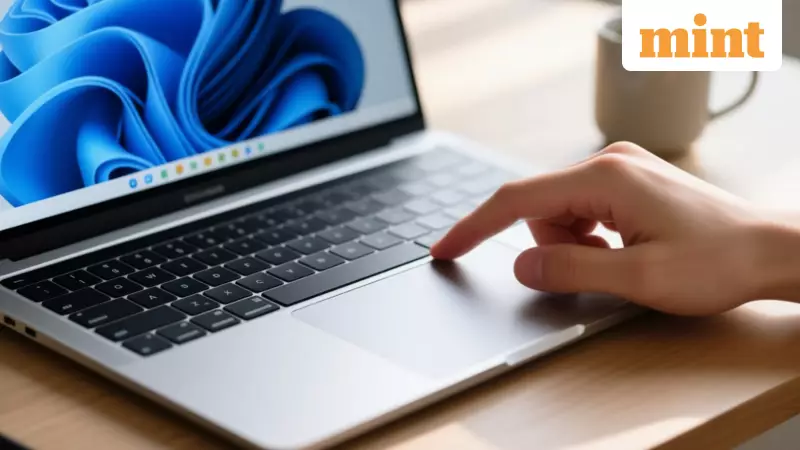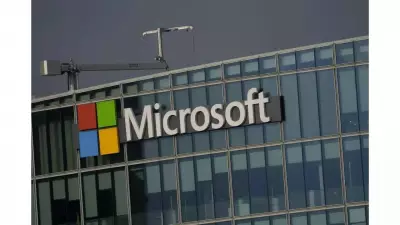
Microsoft is revolutionizing the Windows 11 experience by introducing sophisticated haptic feedback technology that will bring smartphone-like tactile sensations to laptop trackpads. The new feature, discovered in latest preview builds, promises to make interacting with Windows more intuitive and immersive than ever before.
What Are Haptic Signals in Windows 11?
The newly discovered "Haptic signals" feature is designed to provide subtle vibrations during specific user interactions with the operating system. This technology mirrors the popular haptic feedback systems found on iPhones and premium Android devices, marking a significant upgrade for Windows laptop users.
When enabled, users will experience gentle vibrations through their device's haptic-enabled trackpad during various actions. Snapping windows side-by-side or dragging files between applications will trigger these tactile responses, providing clear confirmation that operations have completed successfully.
Customization and Compatibility Details
Microsoft understands that user preferences vary, which is why the haptic feedback feature comes with comprehensive customization options. Leaked screenshots reveal that users can completely disable the feature if they prefer a vibration-free experience. More importantly, there's an adjustable slider that lets users fine-tune the intensity of haptic signals according to their personal preference.
Currently, this advanced functionality is hidden within Windows Settings and is specifically designed for devices equipped with haptic-capable trackpads. The Surface Laptop 7 and Surface Laptop Studio are among the first devices expected to support this feature when it officially rolls out.
The Future of Windows Laptop Interaction
Microsoft's journey with haptic technology dates back to 2022, indicating the company's long-term commitment to perfecting this user experience enhancement. While the feature isn't functional in current builds, the groundwork visible in Settings suggests an official release could be imminent for compatible hardware.
This development addresses what has been a longstanding gap in the Windows laptop ecosystem. For years, Windows laptops have struggled to match the premium haptic feedback quality available on competing devices. With this initiative, Microsoft demonstrates serious intent to bridge that gap and deliver what could become the perfect haptic trackpad experience for Windows users in the near future.
The integration of haptic feedback represents more than just a technical upgrade—it's a fundamental shift toward making digital interactions feel more physical and responsive. As Windows continues to evolve, features like Haptic signals could redefine how users perceive and interact with their computing devices on a daily basis.





